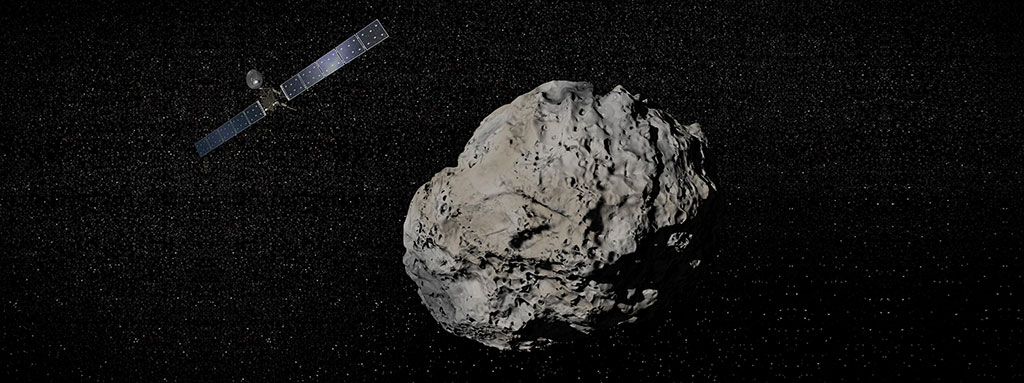It gives me great pleasure to be able to write about the most important recent advances in aerospace, and also about those that are in the pipeline for the near future. In this post I would specifically like to refer to Rosetta, a space probe designed by the European Space Agency (ESA) which was launched at the beginning of March 2004 with the aim of orbiting around the comet 67P/Churyumov-Gerasimenko in 2014 and 2015, as well as sending a landing module, Philae, to the comet’s surface.
Comets can provide us with interesting information on the Solar System’s origins.
This magnificent space probe remained inactive until January this year, when a European Space Agency (ESA) team triggered its internal alarm clock to bring it back to life. This happened after almost ten years in a state of hibernation on its journey into space beyond the asteroid belt, near the orbit of Jupiter.
On November 12, the probe deployed its lander once it was next to the comet 67P/Churyumov-Gerasimenko to make a landing on the comet’s surface and gather data on its composition and the effects of its approach to the Sun for several days.
Once its batteries have run out, Philae will no longer be able to send the probe any further data and Rosetta will accompany 67P on its maximum approach to the Sun. According to current plans, it will continue orbiting until the end of 2015 to provide data on whether water and the basic components of life could have reached us on a similar comet, among other things.
The objective of Rosetta is to study the comet’s evolution on site during its journey to the Sun. Comets are essentially made up of ice and rock. They are highly important from a scientific point of view because their materials have remained unchanged for 4.5 billion years and can provide us with interesting information on the Solar System’s origins. Moreover, some theories suggest they supplied most of the water that exists in our planet and could have even brought life to Earth.
I feel the space race will play an important role in the near future, including a commercial role, mining for minerals on asteroids or comets and through commercial satellites.



